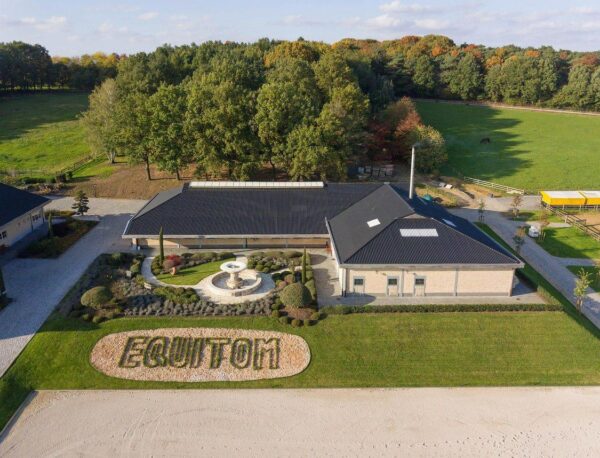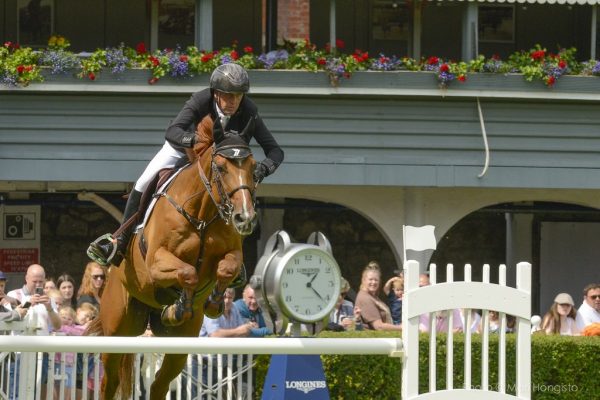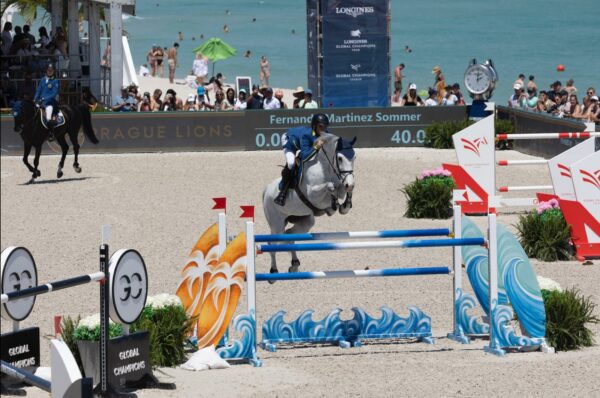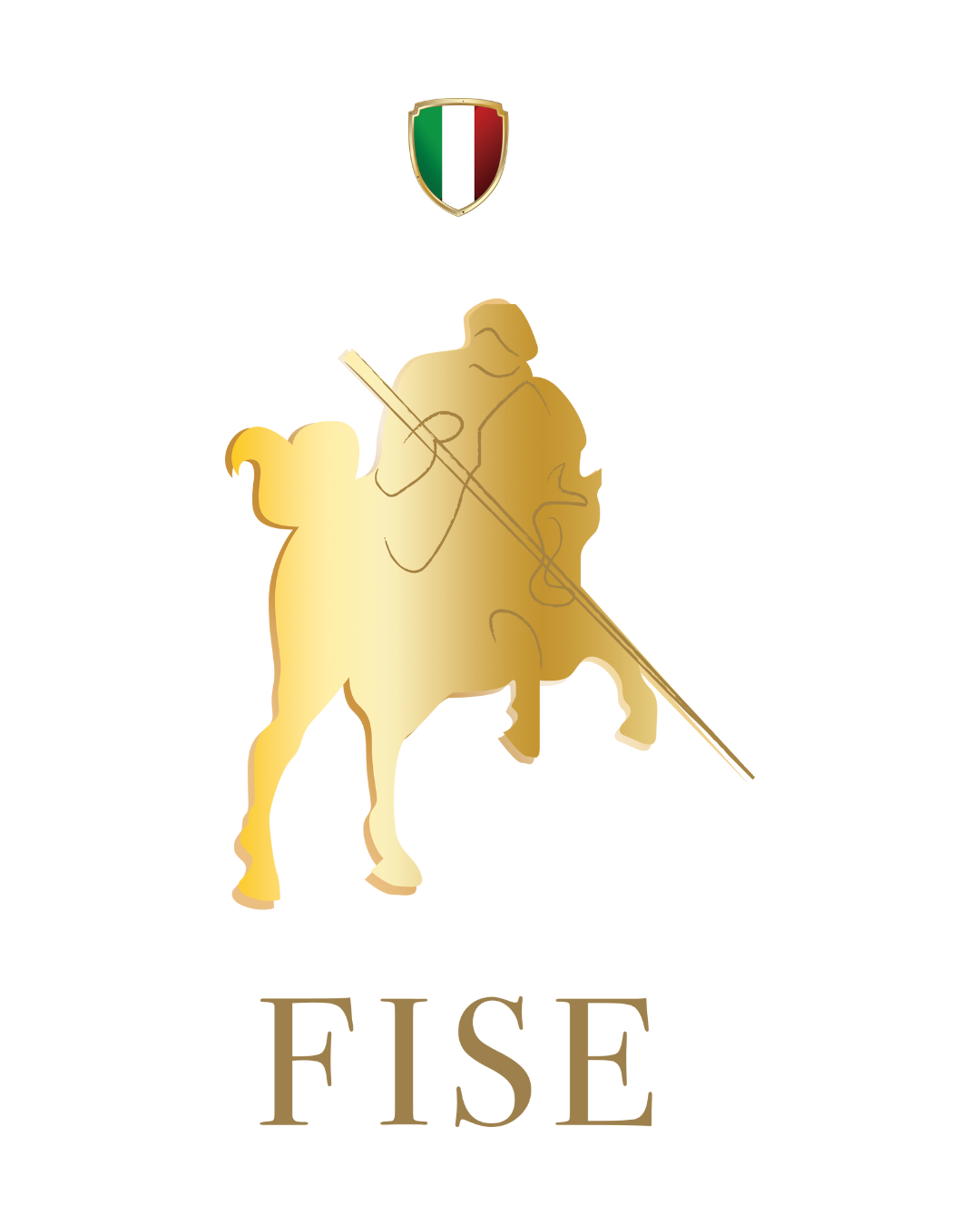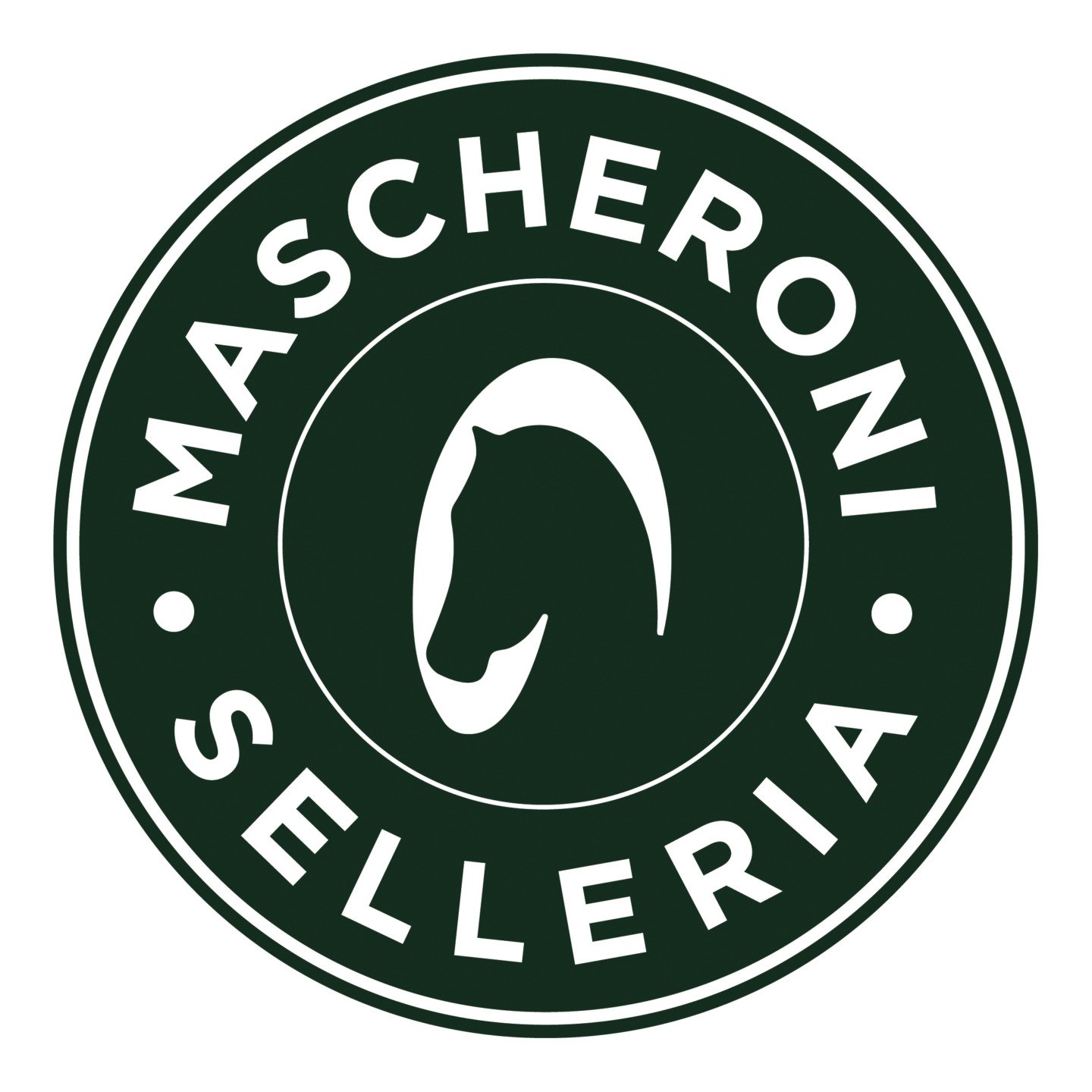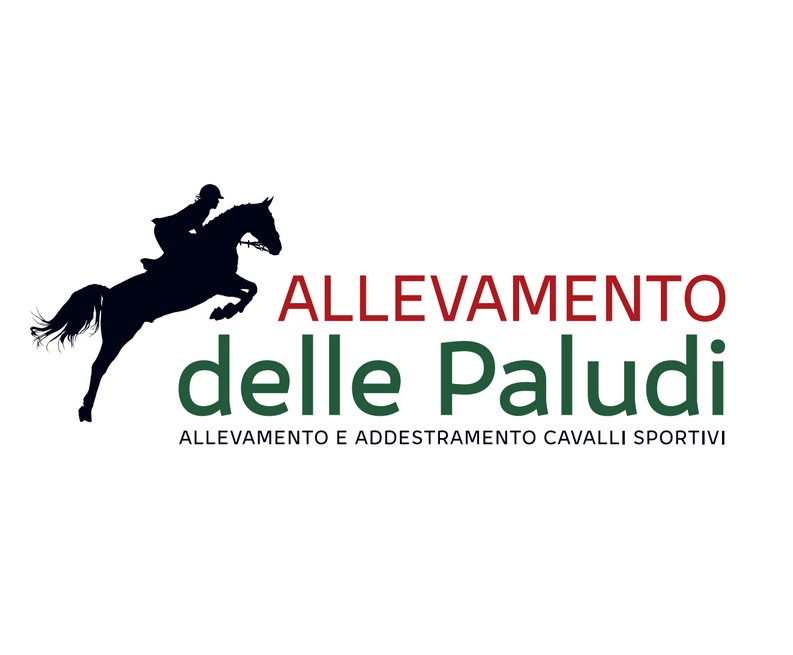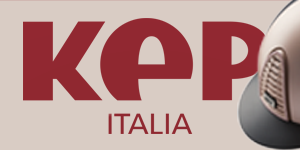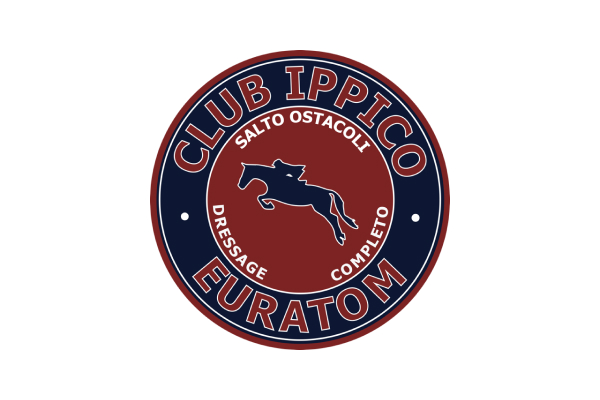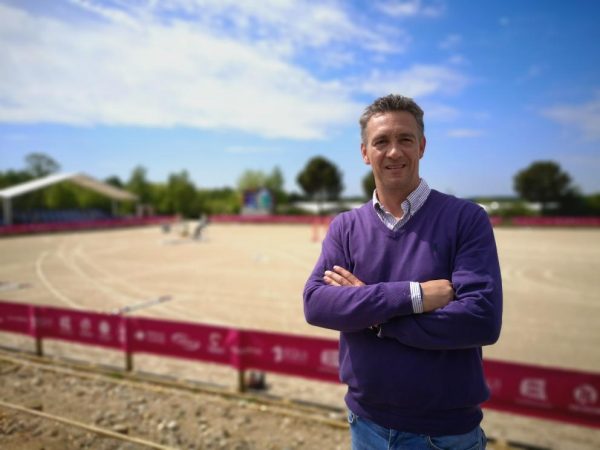
Frank Rothenberger on Modern Course Design: A Technical Perspective
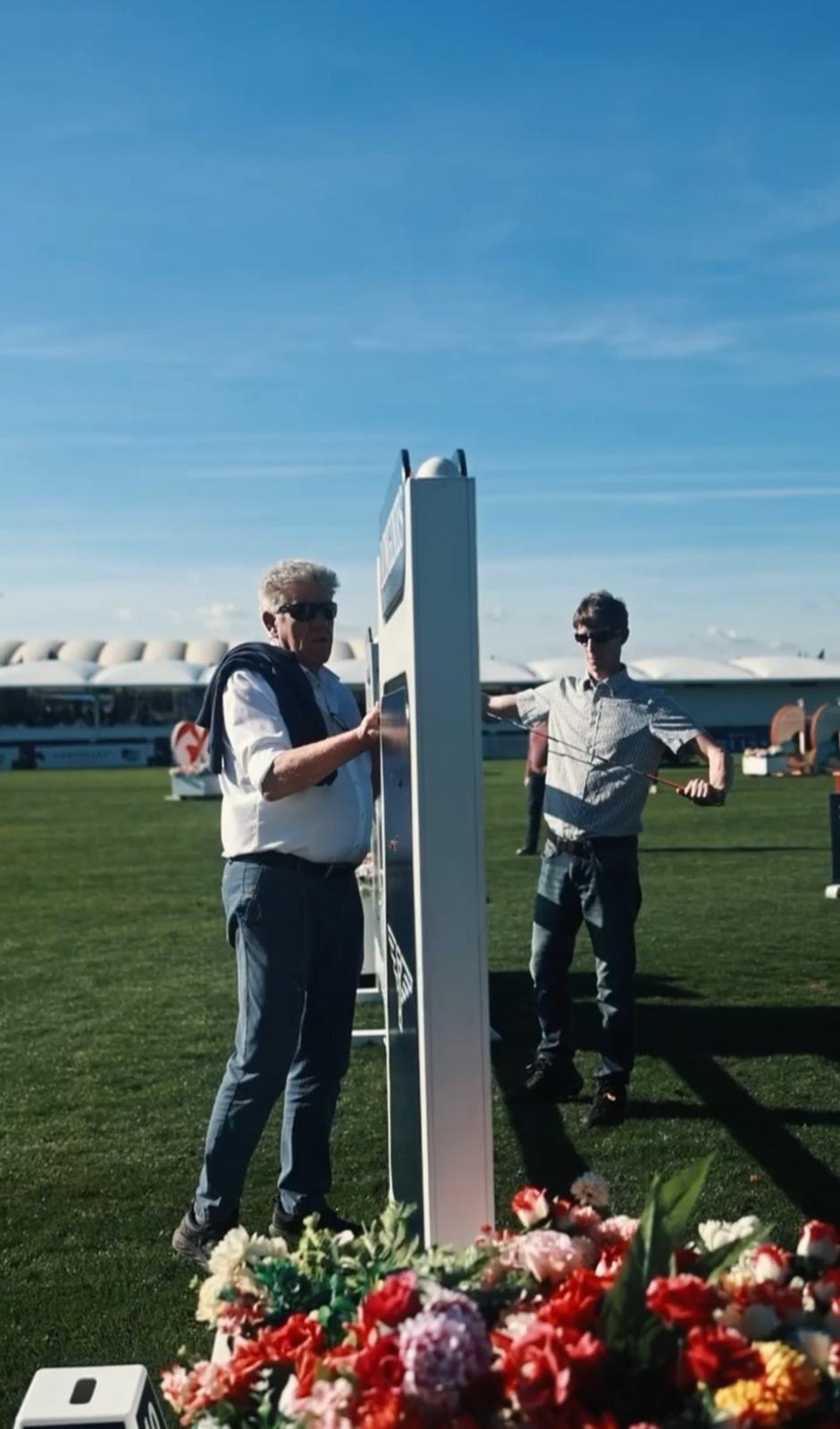
As one of the most renowned course designers in the world, Frank Rothenberger has shaped the evolution of modern show jumping. Known for his technical expertise and innovative approach, the German course designer shares his insights on how the sport has developed over the years, the changes in jumping technique, and the role of course design in today’s competitions.
Evolution in Jumping Technique
Reflecting on how the sport has evolved, Rothenberger highlights a fundamental shift in how horses approach and clear obstacles.
“When I was still riding, we always jumped without a ground rail and used as few poles as possible. Riders would really give with their hands to allow the horse to stretch over the fence. In the past, oxers often caused more faults on the back rail, but since the introduction of safety cups, horses jump oxers much better because they don’t risk hurting themselves as much.”
He notes that today’s riders are more focused on keeping their horses away from the front rail of an oxer. This has led to a training trend where horses are taught to take off slightly earlier.
“Riders and trainers practice this both at home and in the warm-up arena—teaching the horses to take off earlier. Years ago, when horses were not used to this, they would sometimes stop. But today, they are accustomed to it, and it has become easier for them.”
This shift has also been supported by other developments in the sport, including lighter horses, improved footing, and advancements in training techniques.
Course Design: Balancing Challenge and Safety
Rothenberger explains that as show jumping has progressed, course designers have had to adapt their approach. While technical challenges remain crucial, safety considerations play an increasingly important role.
“I haven’t built fences in a certain way for a long time because, with the right momentum and balance, horses can clear them more efficiently. We don’t need to introduce even more rules—course design should challenge the riders and horses, but not in a way that compromises safety.”
He also points out how social media has changed the perception of the sport, making every mistake or fall highly visible.
“In the past, there were falls as well, but no one talked about them because there was no social media. If a rider had a bad fall in Saint-Tropez back then, very few people would know about it. Now, within minutes, everyone has seen the video, and it becomes a major topic.”
This increased visibility has also led to stronger reactions when courses are perceived as too difficult.
“There was a course designer in the USA who faced a massive backlash online after an incident. It shows how much scrutiny we are under today. Of course, safety is paramount, but we must also remember that show jumping is about more than just jumping rails—it’s about skill, technique, and presentation.”
Preserving the Identity of Show Jumping
One of Rothenberger’s main concerns is maintaining the unique character of the sport. He warns against oversimplifying courses to the point where they lose their variety and identity.
“If we keep eliminating traditional elements like walls or water jumps, eventually, we’ll only be jumping poles and planks, and that would become boring. Show jumping is one of the few sports where obstacles add a visual and technical dimension. It’s not like a 100-meter sprint, where the track is always the same. In show jumping, each course tells its own story, and that’s what makes it special.”
He emphasizes that while safety improvements are essential, they should not take away from the sport’s character.
“We need to make the jumps beautiful and challenging without making them dangerous. That balance is what makes a great course.”
The Future of Course Design
As show jumping continues to evolve, Rothenberger believes course design will play a key role in shaping the sport’s future. While modern trends have made courses more technical and precise, he remains committed to designing tracks that test both the skill of the rider and the athleticism of the horse, while ensuring fairness and safety.
“Horses today are more adaptable, riders are more prepared, and footing is better than ever. It’s about creating courses that reflect this progress while keeping the essence of show jumping alive. That’s the challenge—and the beauty—of being a course designer.”
Text and photo Valentina Sozzi (c)
© Rights Reserved.





.png)
